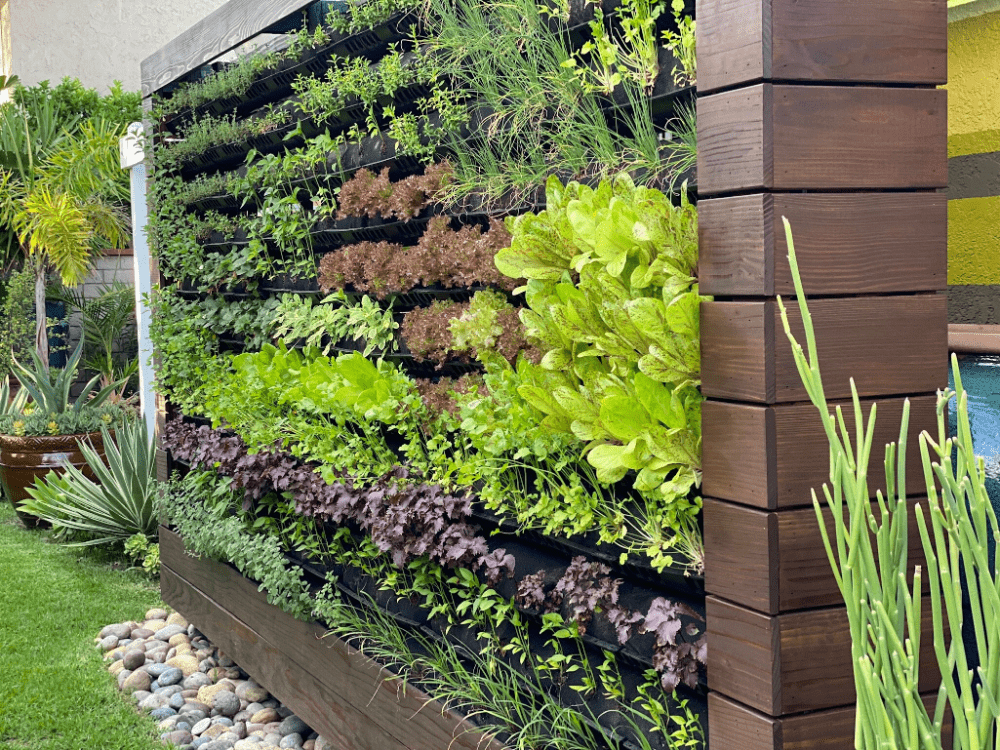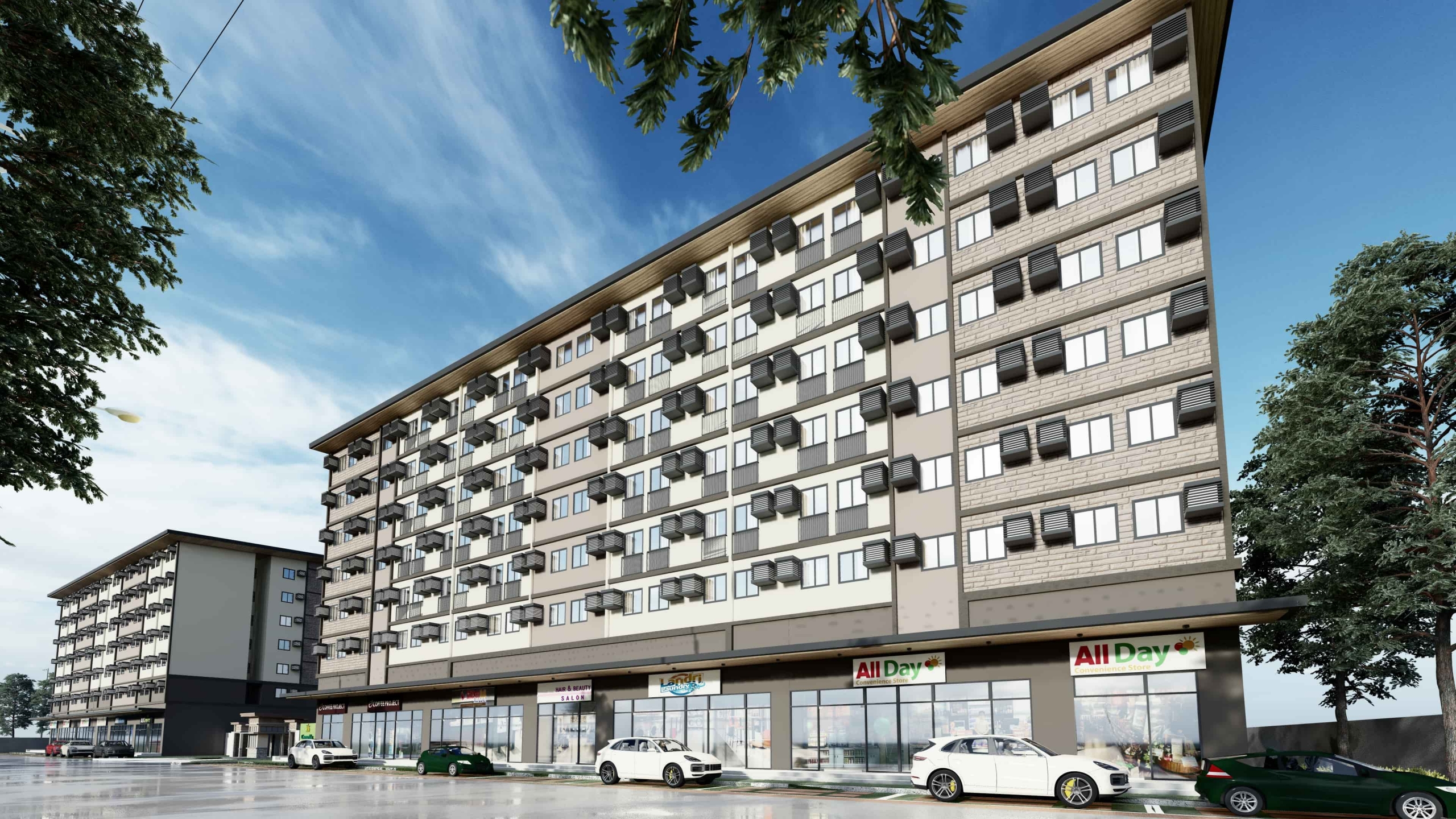
Cultivating a garden is always a good idea. Plants have been known to help improve the air quality and boost mental health. In addition, they’re also great for beautifying spaces. However, not all homes have large lawns and backyards to accommodate a host of plants and gardening activities.
With limited square footage, most homeowners prioritize living and functional areas instead of outdoor space. In fact, many homes in urban areas don’t have an allotted space that you could use for plants and gardening. But that doesn’t mean that you can’t have a garden.
Get creative with how you grow your plants, and consider a vertical garden instead. These types of gardens don’t take up too much space while still giving you all the benefits of having plants in your home.
Here’s how you can create a vertical garden in a small space:
1. Choose a surface
The foundation of any vertical garden is a flat vertical surface. Most vertical gardens are attached to a wall. However, a good gardening tip is expanding and considering all your surface options, such as a wall, fence, railing, or gate.
If you have a flat surface that you want to embellish as a focal point in the house, that would be your best bet. Almost any flat surface will do. It can even have a slight slope and it could still work for a vertical garden. What you’ll need to consider, though, is the amount of sunlight that the surface receives. One of the challenges of vertical gardens is that you can’t move your plants around to different areas, as you would with potted plants.
Ensure, then, that this surface, no matter how small, receives ample sunlight throughout the day. As much as possible, find a surface that can hold humidity.
2. Build your frame
In most cases, a vertical garden is a three-layer structure made of a frame, plastic sheet, and fabric. There’s no specific one-size-fits-all prescription of the materials needed to do this, but you can easily build a frame out of recyclable materials like PVC pipes. Avoid using wood for your vertical garden since wood may trap moisture, posing the threat of root rot to your plants. In case you decide to explore with a plastic sheet, it’s best to use clear plastic so that plants can get all the sunlight they need.
When picking the fabric onto which the plants can be hung, use a breathable fabric like cotton or linen so air can circulate. Place the fabric in place with some staples or pins.
Construct the frame before attaching it to your surface. This makes hanging, adjusting, and removal more convenient and effortless.
3. Set up a watering system
Unlike traditional gardens, vertical gardens need self-sufficient irrigation systems to provide moisture throughout the fabric layer. Vertical gardens don’t have potted soils to keep the plant hydrated and provide the necessary nutrients. In lieu of this, you can make a watering system out of materials like poly tubing with holes, acting as tubes across the top panel that drips water down your garden.
The amount of water your plants need will vary depending on the type of plants you have and the weather conditions. However, it’s best to have a quick flow of water for 10 to 15 seconds about 4-6 times daily. Watering the plants for longer periods of time and more frequently can actually drown your plants. You can also use the same mechanism for your fertilizer.
4. Choose your plants
Choosing your plants is one of the most crucial steps in creating your vertical garden. Always consider sun, humidity, shade, and temperature when deciding which plants to include in your garden.
If your vertical garden is outdoors, it may be best to choose hardy plants that aren’t too sensitive to sunlight and outdoor elements. For indoor vertical gardens, opt for plants that don’t require full sunlight and are happier in the shade. Either way, we recommend evergreen plants instead of seasonal ones so you don’t have to keep changing them.
Another consideration is your time availability. Your work may require you to go on trips for a number of days, even a week or more, leaving your plants unattended.
5. Attach the plants to the frame
To insert the plants into the frame, you can use a razor blade to make horizontal or slanting cuts in the fabric. This is where you can insert the plants. Before doing this, make sure to wash the roots of your plants first to remove as much soil as possible to stave off root rot.
Using a staple gun, attach the cloth to the plastic backing around the root ball to create a secure envelope.
Green living in Camella

Living in the company of greens is important to who we are. Apart from it soothing both the physical body and the spirit, plants turn deadly carbon dioxide back into the oxygen we need to live. A lot of studies reveal that living among plants lowers stress levels. The need to landscape or set up your green space, therefore, necessitates more than just the desire to adorn the places we live.
Camella believes that plants do more than just beautify the spaces and places we choose to call “home.” They give back so much more than we can ever imagine.
Vertical gardens are great additions to any home. Home designs in Camella, in particular, are complementary to these green projects.
Whether you’re living in a house or a vertical village in Camella, there are sure to be pockets of greenery and surfaces that support vertical gardens. Camella communities are designed to be in harmony with nature, making your vertical garden look right at home in them. This is evident in the pocket parks, walk paths, jogging trails and landscaping throughout all the developments.
Make the most of all the spaces in your home by transforming small spaces into vertical gardens.

Check out our Condo for Sale Properties
Discover our condo for sale properties in the Philippines